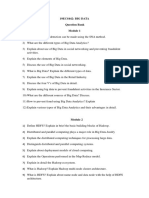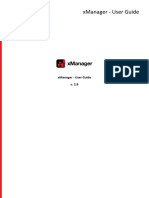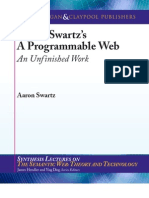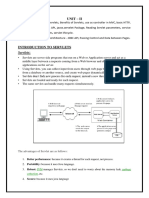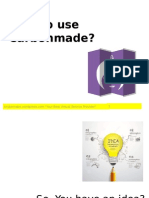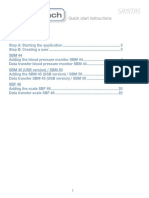0% found this document useful (0 votes)
13 views5 pagesFrontend Requirements and Code
This document outlines the current status and requirements for an eCommerce frontend built with React and Vite, including necessary code snippets for implementation. It details project structure, quick audit findings, target routes, and provides specific code examples for components like Navbar, Shop, Cart, and Login. Additionally, it highlights next steps for further development, such as adding a Signup page and improving cart functionality.
Uploaded by
mohitchopade074Copyright
© © All Rights Reserved
We take content rights seriously. If you suspect this is your content, claim it here.
Available Formats
Download as PDF, TXT or read online on Scribd
0% found this document useful (0 votes)
13 views5 pagesFrontend Requirements and Code
This document outlines the current status and requirements for an eCommerce frontend built with React and Vite, including necessary code snippets for implementation. It details project structure, quick audit findings, target routes, and provides specific code examples for components like Navbar, Shop, Cart, and Login. Additionally, it highlights next steps for further development, such as adding a Signup page and improving cart functionality.
Uploaded by
mohitchopade074Copyright
© © All Rights Reserved
We take content rights seriously. If you suspect this is your content, claim it here.
Available Formats
Download as PDF, TXT or read online on Scribd
/ 5


























































